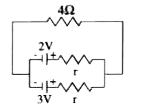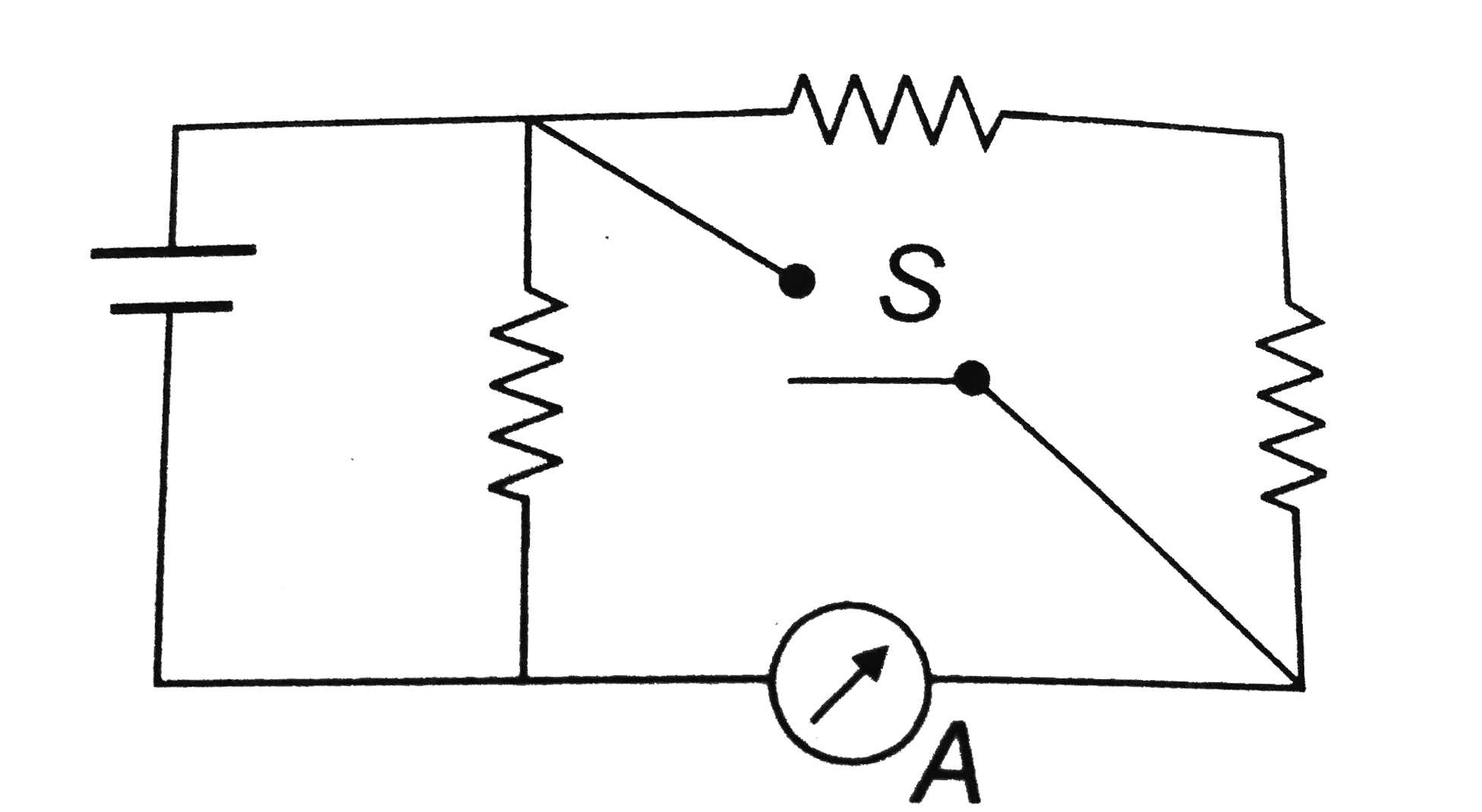Each cell has a
Nucleus
Cell wall
Chloroplast
All the above
Step-by-Step Solution:
1. Understanding the Question: The question asks about what each cell has among the options provided: nucleus, cell wall, chloroplast, or all of the above.
2. Identifying Cell Types:
- There are two main types of cells: plant cells and animal cells.
- Plant cells have a cell wall and chloroplasts.
- Animal cells do not have a cell wall or chloroplasts.
3. Analyzing Each Option:
- Cell Wall: Present in plant cells but absent in animal cells. Therefore, it cannot be true that "each cell has a cell wall."
- Chloroplast: Present in plant cells and absent in animal cells. Hence, "each cell has chloroplast" is also incorrect.
- Nucleus: Both plant and animal cells have a nucleus. This is a common feature of all cells.
4. Conclusion: Since the nucleus is present in both types of cells, the correct answer to the question is that each cell has a nucleus.
Final Answer:
Each cell has a nucleus.
---
- There are two main types of cells: plant cells and animal cells.
- Plant cells have a cell wall and chloroplasts.
- Animal cells do not have a cell wall or chloroplasts.
- Cell Wall: Present in plant cells but absent in animal cells. Therefore, it cannot be true that "each cell has a cell wall."
- Chloroplast: Present in plant cells and absent in animal cells. Hence, "each cell has chloroplast" is also incorrect.
- Nucleus: Both plant and animal cells have a nucleus. This is a common feature of all cells.
Each cell has a nucleus.
Topper's Solved these Questions
- THE CELL BOOK - ICSECHAPTER - THE CELL EXERCISE - TEST YOURSELF FILL IN THE BLANKS
7 Videos
- THE CELL BOOK - ICSECHAPTER - THE CELL EXERCISE - TEST YOURSELF -TRUE OR FALSE
8 Videos
- THE CELL BOOK - ICSECHAPTER - THE CELL EXERCISE - Check your progress (Fill in the blanks.)
10 Videos
- TEST PAPER 2BOOK - ICSECHAPTER - TEST PAPER 2EXERCISE - Label the schematic diagram
1 Videos
- THE CIRCULATORY SYSTEMBOOK - ICSECHAPTER - THE CIRCULATORY SYSTEMEXERCISE - REVIEW QUESTIONS (Long answer questions)
4 Videos
Similar Questions
Two cell with unequal emfs of 2V and 3V are connected as shown in the figure. If each cell has an internal resistance r = 0.45Ω and external resistance is of 4Ω. Then, Potential drop across resistor 4Ω is

View SolutionIn Mongolism, each cell has how many chromosomes
View SolutionIn the situation shown each cell has e.m.f. 4V and internal resistance 1Ω. The maximum power that can be delivered to the variable load resistance R is

View SolutionBetween a prokaryote and an eukaryote, which cell has a shorter cell division time ?
View SolutionAssertion :- (A) The total number of atoms present in a simple cubic unit cell is one .
Reason :-(R ) Simple cubic cell has atoms at its corners , each of which is shared between eight adjacent unit cells.
View SolutionAssertion:- A single human cell has approximately two meter long thread of DNA distributed in each chromosome.
Reason:- Durring different stages of cell division cells show organised nucleus in place of chromosome.
View SolutionAssertion :- (a) the total number of atoms present in a simple cubic unit cell is one .
Reasn :-(R ) simple cubic cell has atoms at its corners , each of which is shered between eight adjecent adjeacent unit cells.
View SolutionPlant cell has a cell wall made of:
View SolutionIn the circuit shown, the reading of the Ammter is doulbed after the switch is closed. Each resistor has a resistance =1Ω and the ideal cell has an e.m.f. =10V. Then the ammeter has a resistance equal to

View SolutionA cell 'A' has ΨW=−18 bars and its adjacent cell 'B' has a water potential to -23 bars . Which cell has higher ΨW and what will be the direction of movement of water is
View Solution
